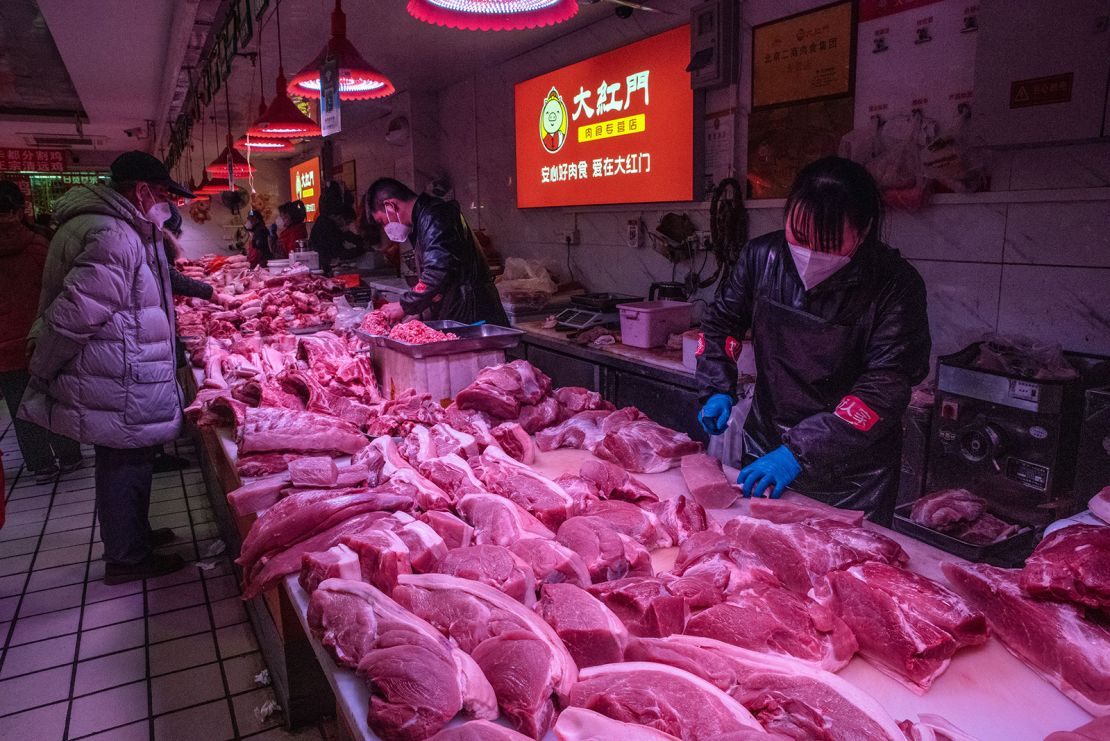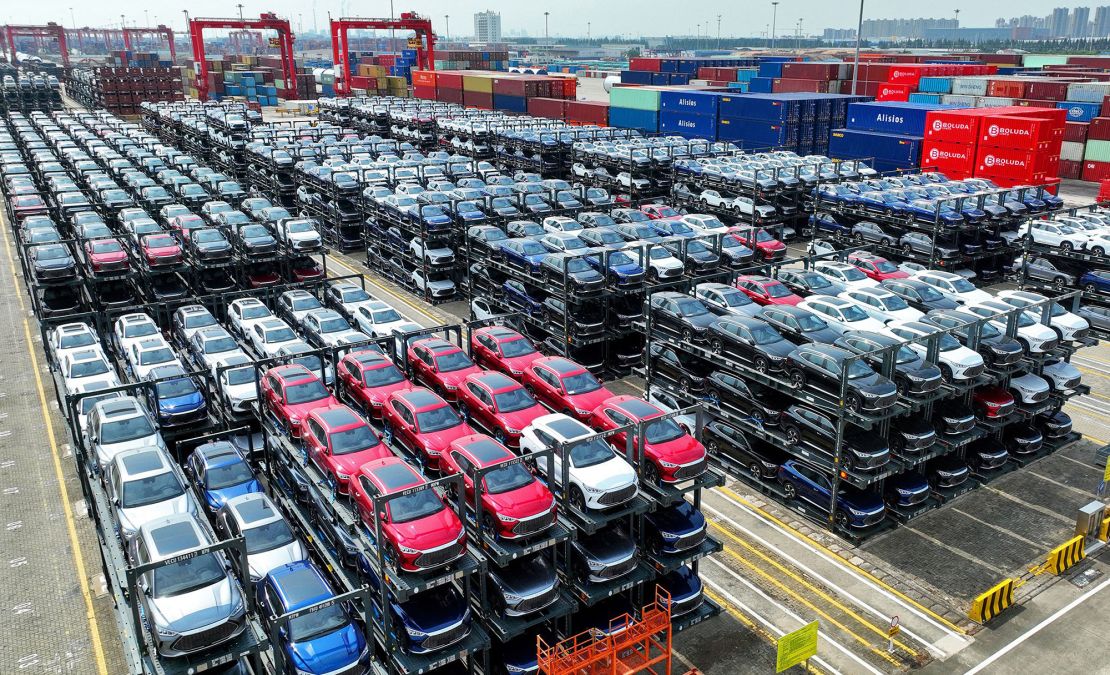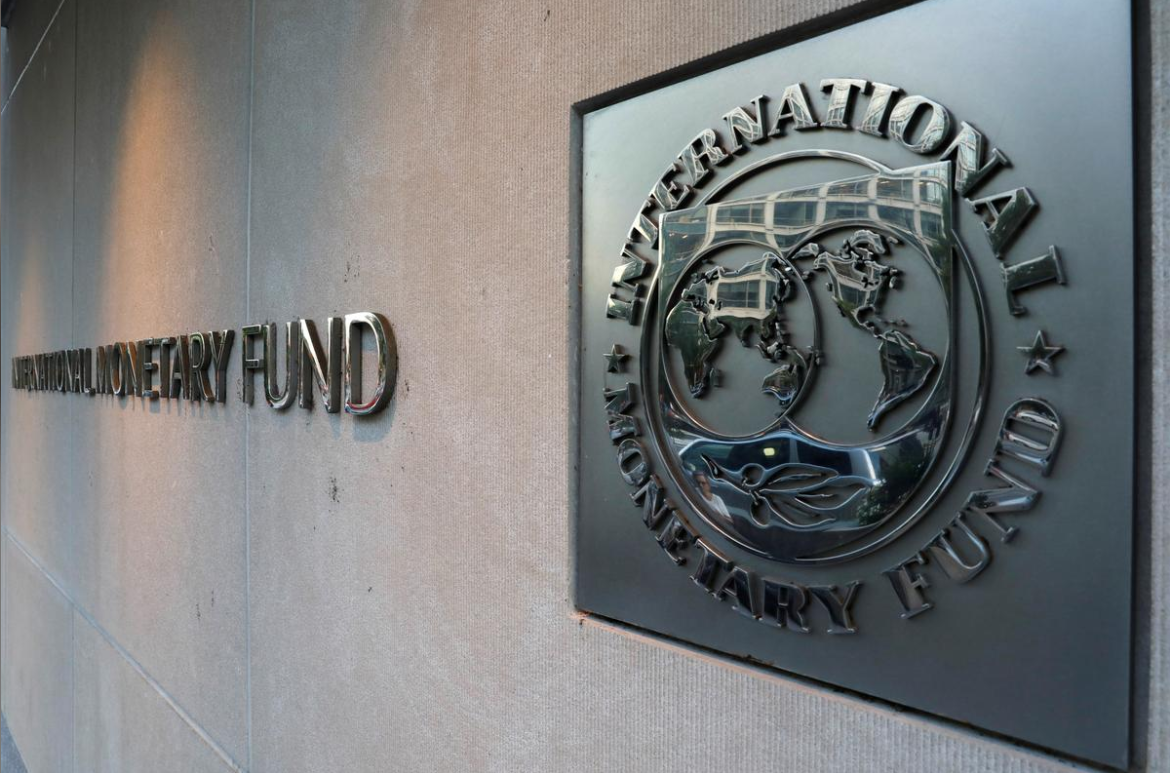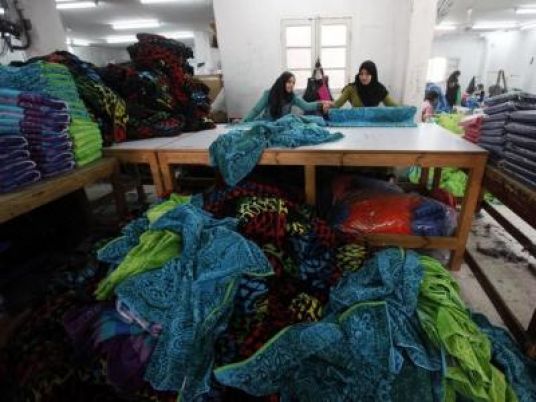
China’s economy had a bad 2023 and the outlook isn’t much better.
Exports for the year as a whole fell for the first time since 2016 as global demand for Chinese-made goods (other than cars) slowed, according to customs data released on Friday. Officials said the slump will be difficult to shake off in 2024.
That wasn’t the only gloomy data China released on Friday. The world’s second largest economy is struggling to stem deflationary pressures. Consumer price inflation in 2023 was the weakest it has been in 14 years.
The consumer price index for December improved slightly from November, but was down 0.3 percent on the same month in 2022, the National Bureau of Statistics said Friday. For 2023 as a whole, prices were up by just 0.2 percent over 2022, the weakest reading since 2009, when CPI fell by 0.7 percent as a global recession hit.
China is suffering a double-whammy of weak demand at home and abroad.
Exports measured in US dollar terms stood at $3.38 trillion in 2023, down by 4.6 percent compared to the year before. In 2022, Chinese exports increased by 7 percent from the year earlier. The last time China registered a decline in overseas shipments was in 2016, when exports fell 7.7 percent.
Imports also fell last year, by 5.5 percent to $2.56 trillion. That left the world’s second largest economy with a trade surplus of $823 billion.
“The global economic recovery has been weak in the past year,” Lyu Daliang, a spokesperson for the General Administration of Customs, told a Friday press conference in Beijing. “Sluggish external demand has hit China’s exports.”
He expects China will continue to face “difficulties” on export markets as global demand is likely to remain weak and “protectionism and unilateralism” hinder growth, he added.

December was the third month in a row that the consumer inflation gauge has fallen year-on-year, marking the longest run of declines since 2009.
Food prices, especially the prices of pork, were a major drag.
“Ongoing low core CPI inflation likely reflects dampened domestic demand due to the ongoing property downturn and stressed labor market,” Goldman Sachs analysts said on Friday.
Factory-gate prices were also subdued. The Producer Price Index dropped 2.7 percent in December from the same period in 2022, the 15th consecutive month of declines. For 2023, the PPI fell 0.3 percent.
Looking ahead, analysts from Capital Economics expect core inflation to rise slightly, helped by a cyclical recovery in the Chinese economy. But deflationary pressures won’t go away.
“Weak global growth and continued over-investment in China means that deflation risks will continue to hang over its economy for some time,” said analysts from Capital Economics on Friday.
Glimmers of hope?
There was some positive news in Friday’s data, however. In December, exports rose 2.3 percent from the same month a year ago, marking the second straight month of growth and suggesting a slight improvement in the global appetite for Chinese goods. The country’s exports had dropped for six consecutive months before November.
At $240 billion, trade with Russia hit a new record high in 2023, up 26 percent from the previous year. Overall, it made up 4 percent of China’s total trade.
The United States remained China’s largest single-country trading partner in 2023, accounting for 11.2 percent of total trade. However, that represented a drop on 2022 — the first fall since 2019, when Washington and Beijing were in the middle of a prolonged trade war.

ASEAN, the 10-member bloc in Southeast Asia, and the European Union accounted for 15.4 percent and 13.2 percent of total trade with China, the Chinese customs figures showed.
The country also registered a 69 percent surge in the total value of automobile exports last year, the highest among all categories.
By volume, China shipped 5.22 million vehicles in 2023, up 57 percent from 2022. That’s in part thanks to surging growth in electric vehicles, said Lyu.
“One out of every three cars exported by China is an electric passenger vehicle,” he said at the press conference.
“Looking to the future, we believe that China’s auto industry still has a strong comprehensive competitive advantage and can continue to provide more and better innovative products to meet the needs of global consumers,” he added.
Earlier this week, a major Chinese car industry group said the country is “certain” to have surpassed Japan to become the world’s largest car exporter last year, driven by strong demand in Russia and growing global appetite for EVs.
The rankings will be confirmed once Japan’s official annual figures are released, which are expected in the next few weeks.




